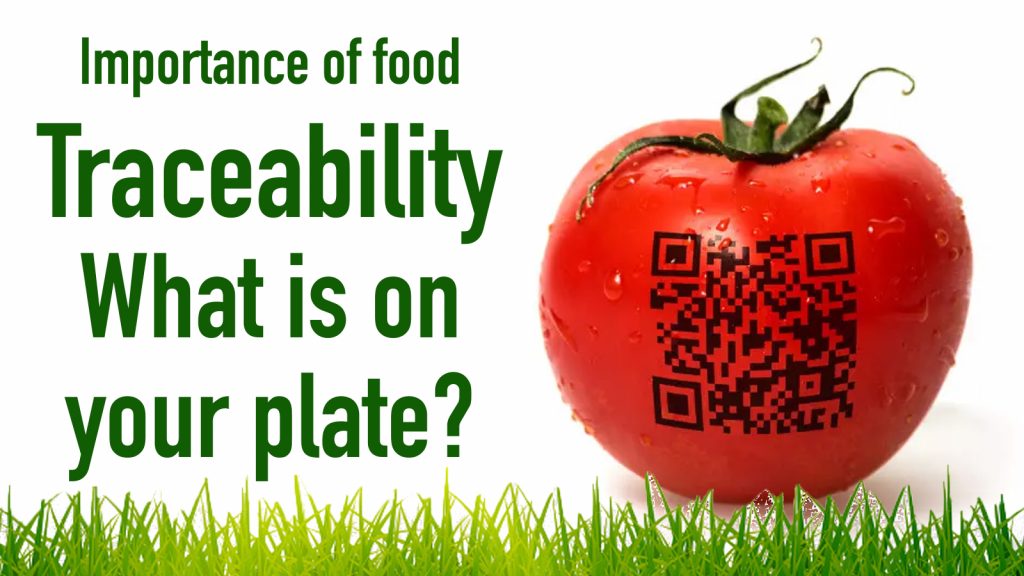This is a concept taking root in most industries globally with an aim of tracking and tracing raw materials, ingredients and products to improve processing and compliance. Basically it means being able to trace a product e.g. food product, from the raw material to the finished product. It enables easy tracking of the supply chain (production, processing and distribution) through inventory. With this, the production, processing and distribution chain of food products and ingredients is documented and linked.
Food and feed processors and manufacturers have not been left behind on this and have put traceability systems in place more so for the consumer’s safety and marketability. Furthermore, it guarantees the consumer a quality product by providing accurate information on the product. Globally it is a requirement by various Global Food Safety Initiative, (GFSI) recognized standards and national regulations. However this is a challenge in most developing countries.
Most importantly, the purpose of traceability is to track each supplier and procedure to ensure safety and quality of the consumer and product respectively reducing chances of a recall. That is to say that traceability reduces losses by identifying non-compliant raw materials in form of diseased, spoilt and contaminated early enough before making it to the end consumer market. Therefore efficiency is improved and quality production is achieved hence a strong brand. Moreover, product recall is easy to effect with minimum disruption of business and public health risks.
Due to innovation, there are a number of solutions that have revolutionized the processing and manufacturing industry. Traceability Software allows for research, tracking, processing, transportation and storage of food products. In addition, it allows for managing and storage of data. However the software solutions differ depending on amount of data collected, how far the product can be tracked backward or upward and accuracy of information.
During a traceability exercise, a finished product is identified and documentation of the product, source of ingredients and packaging used is produced by the supplier. Finished products and raw materials used for testing and promotional materials can be accounted for. In addition the losses through spillage can also be captured.
Procedurally, at farmer or producer level, the first step is to assign unique identifiers, to the food being harvested which will be transformed in to coded information. Similarly there is unique identifier for farms, store, packing house and manufacturing plants. Basically each stop made by the product is captured. Subsequently this information is available to the distributors enhancing handling of the product. As a result the end-consumer is able to access high quality product. Ultimately the retailer captures the information thus knowing the product and where it came from. Additionally the information helps with stocking, expiry date, sales recording, as well as providing product information such as nutritional value for consumer safety.
In conclusion traceability system reduces losses by quickly identifying and recalling contaminated products. Therefore it is an important tool as concerns food safety, quality and risk management. In this age and era, having a traceability system in place is not a choice but

